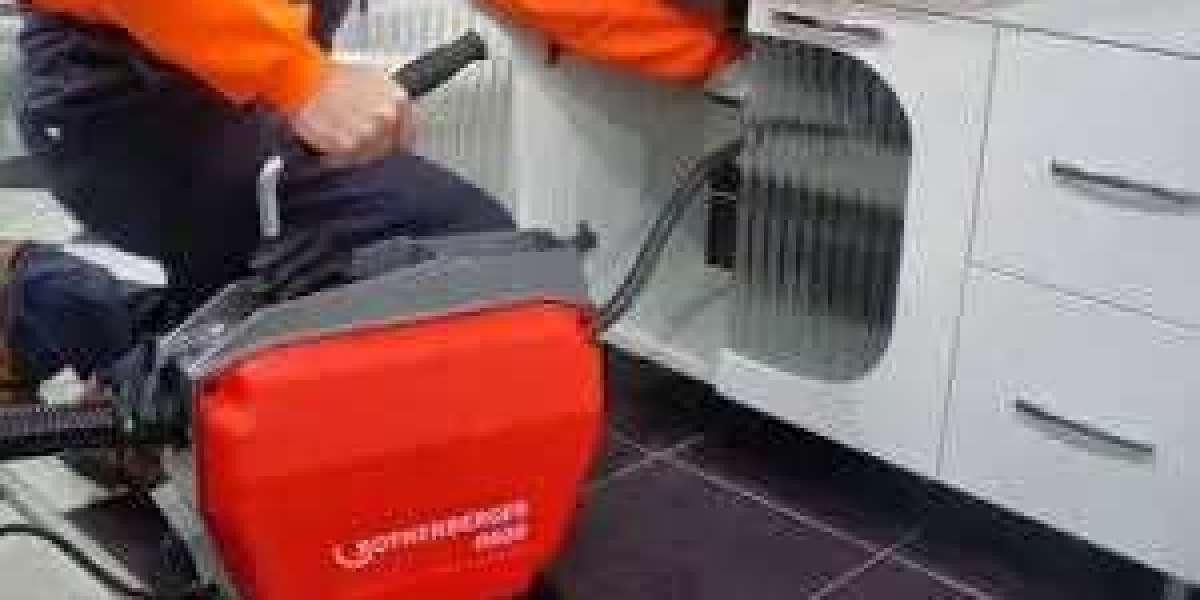A Revolution in Production Efficiency: The Leap from Manual to Mechanical
The Efficiency Bottleneck of Traditional Manual Husking
Before the widespread adoption of corn husking machines, manual husking was the biggest bottleneck restricting autumn harvest efficiency. Baicheng City, Jilin Province, a major corn-producing area, had a planted area of 10.655 million mu (approximately 1.6 million hectares) in 2025. With traditional manual husking, one worker could only process 0.5-1 mu (approximately 1.6-1.6 acres) of corn per day, far from meeting the demands of large-scale production. This inefficient method often resulted in losses in Northeast China due to husking not being completed before frost. In 2024, losses from mold and mildew caused by delayed autumn harvests in parts of Heilongjiang Province exceeded 300 million yuan.
Mechanized Husking Leaps in Speed
Modern corn peeling machines can achieve efficiency 20-30 times that of manual labor. Based on patented technology CN103797970B, the new husking device equipped with a pressure-feed and ear-throwing roller can process 5-8 tons of corn per hour, equivalent to the workload of 50-80 workers. The lightweight crawler harvester used in the 2025 corn mechanized harvesting demonstration in Guang'an District, Sichuan Province, boasts an adaptive husking mechanism with an operating efficiency of 3-5 mu (approximately 1.5 acres) per hour, achieving a husking rate exceeding 98%, fully meeting national standards.
The advantage of continuous operation: Mechanized husking eliminates the time constraints of manual labor. Data from the 2025 agricultural machinery subsidy program in Qinggang County, Heilongjiang Province, shows that the husking machines purchased by farmers can operate continuously 24 hours a day, extending the corn processing window from the traditional 15-20 days to 30-45 days, significantly reducing the risk of frost. This uninterrupted operation capability is particularly critical during the short autumn harvest season in Northeast China.
The key to quality assurance: a shift from extensive to precise methods.
Precise control of husk residue rates.
Modern processing companies have stringent requirements for raw material cleanliness. COFCO's corn starch production line requires a husk residue rate of no more than 3%, but manual husk removal struggles to ensure consistency. Self-propelled corn harvesters utilizing patented CN204721864U technology, with their integrated husk removal mechanism, can control husk residue rates to below 1%, fully meeting the requirements of deep processing. Monitoring data from Baicheng City, Jilin Province, shows that mechanical husk removal reduces corn mold rates by 2-3 percentage points, significantly improving storage quality.
Technological breakthrough in kernel integrity.
Previous husk removal devices have a high kernel damage rate, impacting the commercial value of corn. Jiuquan Aokai Seed Machinery's 5ZYB-16A multi-channel husk removal machine, launched in 2024, utilizes a flexible husk roller design, reducing kernel damage from 3-5% with traditional equipment to below 0.5%. This technological advancement has directly increased farmers' income, reducing losses by 40-60 yuan per mu at current corn prices.
A promoter of standardized production. The "Technical Specifications for Mechanized Corn Harvesting," released in 2024, explicitly mandate a husk residue rate of ≤3% and a kernel breakage rate of ≤1.5% during the husking process. This standard promotes technological upgrades for husking machines and eliminates outdated production capacity. In its 2024-2026 agricultural machinery subsidy implementation plan, Heilongjiang Province designated husking machines as key subsidized machinery, guiding the industry toward high-quality development through a "preferred subsidy for superior machinery" policy.
Policy-Driven Popularization: The Transformation from Auxiliary to Primary Use
Direct Incentives from Agricultural Machinery Subsidies
According to the "2024-2026 National Agricultural Machinery Purchase and Application Subsidy Category Scope," corn peelers are listed as key subsidized items, with central government subsidies reaching 30%. Heilongjiang Province subsidizes large-scale integrated peeling and threshing machines up to 28,000 yuan per unit, directly lowering the purchase threshold for farmers. Luzhai County's 2025 implementation plan also proposes increasing the subsidy rate for key machinery to 35%, further stimulating the adoption of advanced equipment.
Clear Guidance from Industrial Policy
The Ministry of Agriculture and Rural Affairs has designated "corn harvesting mechanization" as a key technology for promotion, setting a goal of achieving a 90% mechanized harvesting rate by 2030. Sichuan Province's "Tianfu Good Opportunities" project will focus on simplifying and simplifying peeling equipment in 2025, promoting new technologies at the grassroots level through technology transfer. This policy guidance has accelerated the transformation of peelers from auxiliary equipment to primary use.
The Regulatory Role of Safety Standards
In response to the frequent safety incidents involving corn peelers, the Baicheng Municipal Agriculture and Rural Affairs Bureau strengthened the promotion and implementation of the "JB/T 10749-2014 Corn Peeler" standard in 2025, urging companies to improve safety protection designs. Heilongjiang Province's subsidy policy explicitly requires that subsidized machinery must have permanent nameplates and fixed factory serial numbers to strengthen quality traceability. These measures have improved the overall quality of the industry.
The Link of Industry Chain Collaboration: Evolution from Single Machine to System
Deep Integration with Harvesters
Zoomlion's CC40PRO corn harvester, launched in 2025, deeply integrates the husking unit with the harvesting system, optimizing the cob throwing path and increasing husking efficiency by 15%. This integrated design reduces intermediate losses and represents the future direction of mechanized corn harvesting.
Seamless Integration with Drying Equipment
With the promotion of direct grain harvesting technology, Hebei Haorui Machinery's mobile husking and threshing machine can be directly connected to a drying tower, enabling continuous "husking-threshing-drying" operations. By 2024, the number of grain dryers nationwide will exceed 150,000, providing a complete solution for processing corn after mechanized husking.
Reverse Drive for Downstream Processing
Large corn processing companies such as COFCO and New Hope Liuhe, through contract farming, require farmers to use mechanical husking and provide technical guidance. Data from Lotus Health Industry Group shows that after adopting mechanized husking, the raw material utilization rate of its corn oil production line has increased from 85% to 93%, significantly reducing processing costs. This industrial chain synergy effect further strengthens the market position of the peeling machine.
The Link of Industry Chain Collaboration: Evolution from Single Machine to System
Deep Integration with Harvesters
Zoomlion's CC40PRO corn harvester, launched in 2025, deeply integrates the husking unit with the harvesting system, optimizing the cob throwing path and increasing husking efficiency by 15%. This integrated design reduces intermediate losses and represents the future direction of mechanized corn harvesting.
Seamless Integration with Drying Equipment
With the promotion of direct grain harvesting technology, Hebei Haorui Machinery's mobile husking and threshing machine can be directly connected to a drying tower, enabling continuous "husking-threshing-drying" operations. By 2024, the number of grain dryers nationwide will exceed 150,000, providing a complete solution for processing corn after mechanized husking.
Reverse Drive for Downstream Processing
Large corn processing companies such as COFCO and New Hope Liuhe, through contract farming, require farmers to use mechanical husking and provide technical guidance. Data from Lotus Health Industry Group shows that after adopting mechanized husking, the raw material utilization rate of its corn oil production line has increased from 85% to 93%, significantly reducing processing costs. This industrial chain synergy effect further strengthens the market position of the peeling machine.
Future Trend Outlook: The Leap from Mechanization to Intelligence
Deep Integration of Intelligent Technologies
China YTO Group is piloting an intelligent dehusking system based on digital twin technology. Through virtual commissioning, it can reduce equipment commissioning cycles by 40%. The adaptive dehusking device developed by Sichuan Province's "Tianfu Good Opportunity" project automatically adjusts parameters based on corn variety and moisture content, representing a new era of intelligence.
Innovative Breakthroughs in Green Energy Saving
Shandong Jindafeng Machinery's new energy corn harvester, launched in 2024, features a dehusking module with 35% lower energy consumption and noise levels below 75 decibels. Research on the application of bio-based materials such as PLA and PHA in dehusking rollers has also made progress and is expected to be commercialized within the next three years.
Market Trends in Specialization and Segmentation
Specialized dehusking machines for specific needs, such as fresh corn and seed corn, are rapidly developing. Shijiazhuang Tianren Agricultural Machinery's modular design allows for quick replacement of operating modules, enabling multiple uses of a single machine and improving equipment utilization. This segmented market strategy will further expand the application scenarios of dehusking machines.
Conclusion: Rethinking the Strategic Value of Corn Huskers
From a revolution in production efficiency to a key to quality assurance, from policy-driven adoption to a link in industrial chain collaboration, corn huskers have evolved from simple auxiliary equipment to an indispensable core piece of equipment in modern agriculture. Driven by the dual goals of food security and high-quality agricultural development, their importance will only grow.
In the future, with the in-depth application of intelligent and green technologies, corn huskers will continue to evolve, but their core value will remain unchanged—they serve as a bridge between the field and the factory, a key to improving the profitability of the corn industry, and a vital support for achieving agricultural modernization. In this sense, corn huskers are not just a tool but a force for change.







